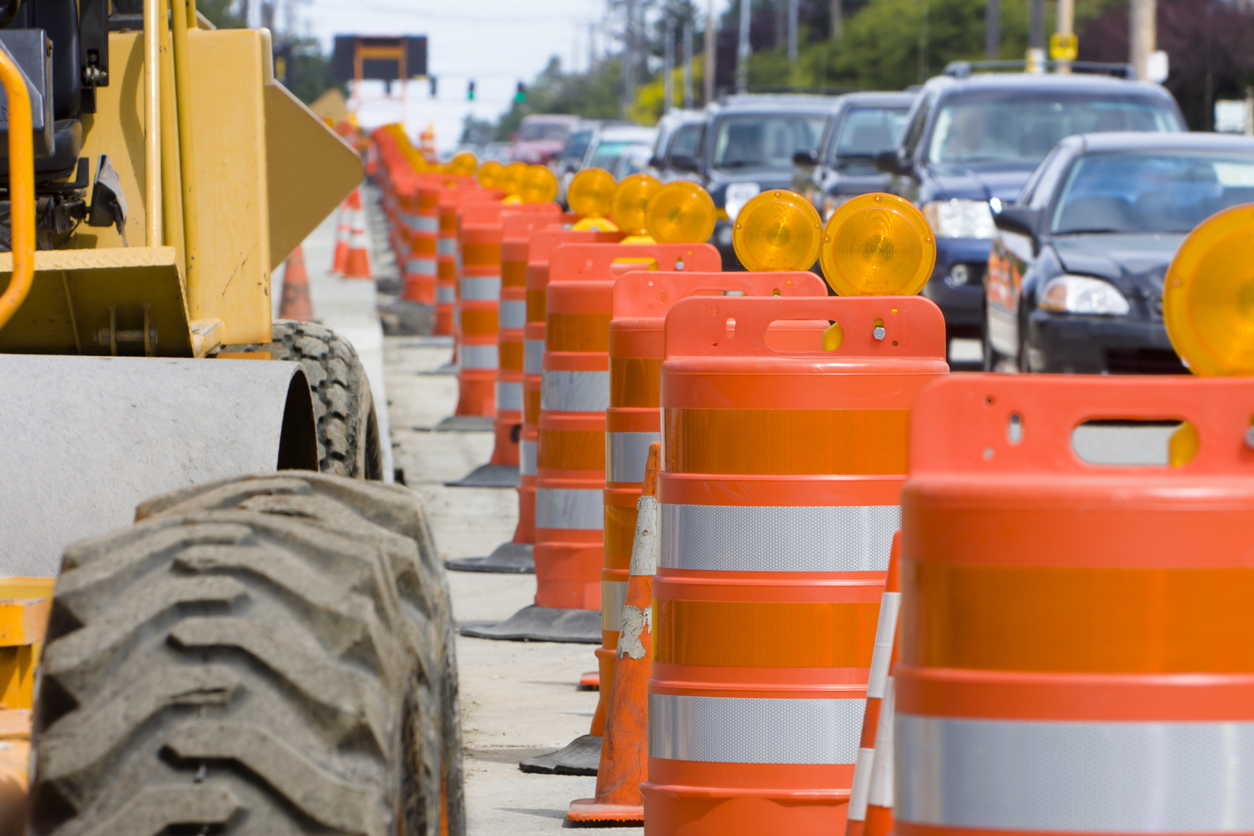
Concerns growing over I-10 widening project, which could play out over 23 years
As construction gets underway on the state’s widening of Interstate 10 through the heart of Baton Rouge, a group of activists is becoming increasingly concerned about what the yearslong construction project will mean to residents and businesses in the shadow of the highway.
At a meeting of key stakeholders Wednesday, June 2, at Kalurah Street Grill, architect Coleman Brown and a dozen or so others who live in neighborhoods that will be affected discussed ways to raise awareness of the project and, potentially, even trying to stop it.
Brown, who has designed an alternative plan to the state’s that he says would be quicker, less expensive and far less intrusive, says officials with Louisiana Department of Transportation and Development failed to address residents’ concerns that were raised two years ago during public meetings as part of the environmental review process, and that the state has failed to explain how it will mitigate the negative impacts of construction on small businesses near the Perkins Road overpass area or on the City Park Lake, which I-10 spans in both directions.
|
|
“(DOTD) says they’ve heard us,” Brown says. “But they haven’t taken our concerns into account. They haven’t answered the 67 questions we raised two years ago.”
Brown also raised concerns about the length of time the project will take—a whopping 23 years, according to an agreement signed in late 2019 by DOTD, the Federal Highway Administration, and the Louisiana State Historic Preservation Office.
“First they said it would take five years, then they said 10, now they’re say 23,” Brown says. “I thought that must be a typo.”
Actually, the programmatic agreement, which details the state’s responsibilities to historic structures during the construction process, does state that “LADOTD intends for the Undertaking to be constructed in stages approximately over the next 23 years, as funding becomes available.”
But DOTD Secretary Shawn Wilson says 23 years is a worst-case scenario for the entire widening project—which will span from the foot of the Mississippi River bridge downtown to College Drive and also includes replacing the entire substructure of the elevated portions of I-10—and he says most of the work in areas like the commercial district of the Perkins Road overpass will be done more quickly than that.
As for how much more quickly, it’s too soon to say because too many factors are still at play. But Wilson says DOTD will work with the community “once we understand the constructability phases. So, when we get to that section of the project, we’ll have a better idea of what it will look like. Most businesses will be able to operate most of the time.”
Wilson takes issue with complaints that the state didn’t take into account public comments when conducting its environmental assessment of the project, a two-year process that was completed in 2020 and documented in a report called a Finding of No Significant Impact or FONSI, released in March.
“I disagree that we did not factor in their opinions, and thoughts,” he says. “ That is the environmental process. It exceeded the federal requirements and I personally attended many of those meetings, neighborhood meetings, so there have been significant efforts to engage the public.”
As for Brown’s alternative design, Wilson says it would not address the many inadequacies of the current interstate system nor would it upgrade the aging substructure, which is nearly 60 years old.
In short, he says, it’s too late to stop the project, which has followed federal and state guidelines every step of the way and is already in the design and construction phase.
“Because of the FONSI, we have begun design of the project that will be built,” he says.
This story originally appeared in a June 1 edition of Daily Report. To keep up with Baton Rouge business and politics, subscribe to the free Daily Report e-newsletter here.
|
|
|
